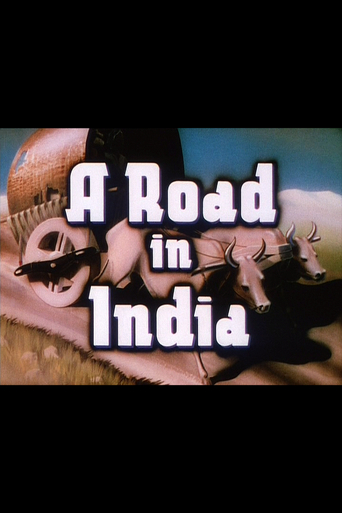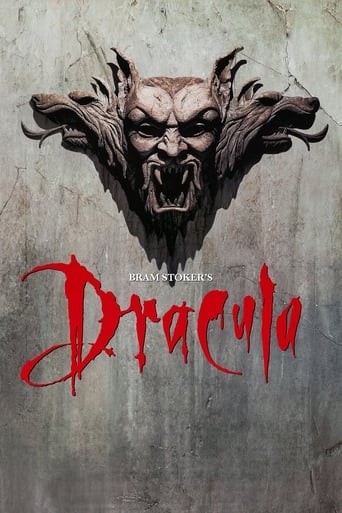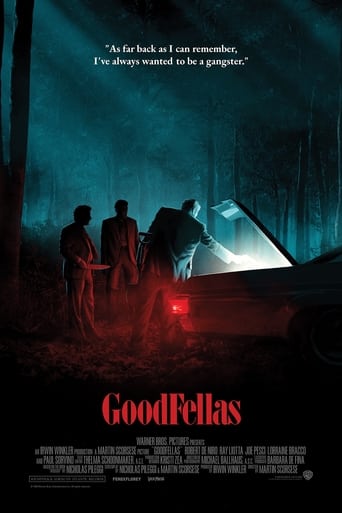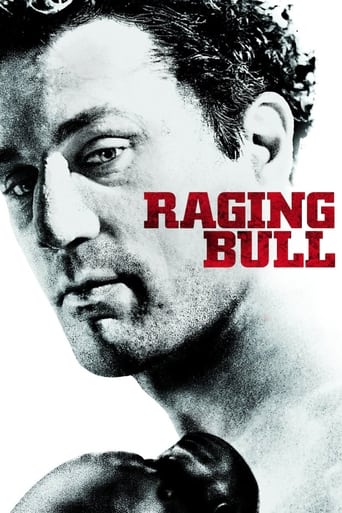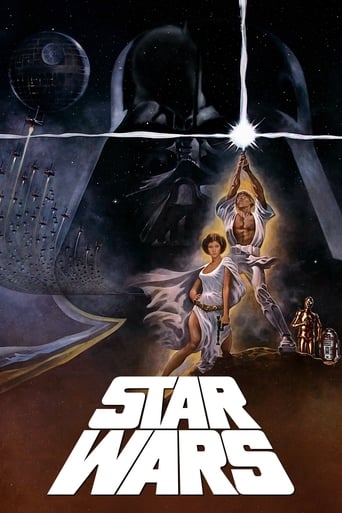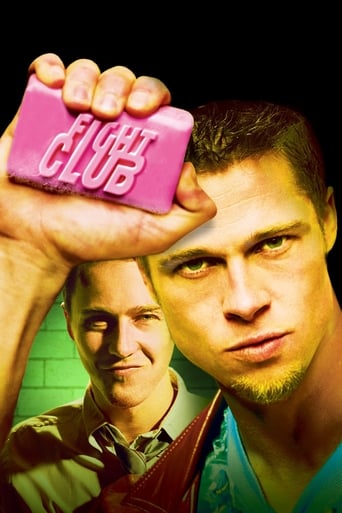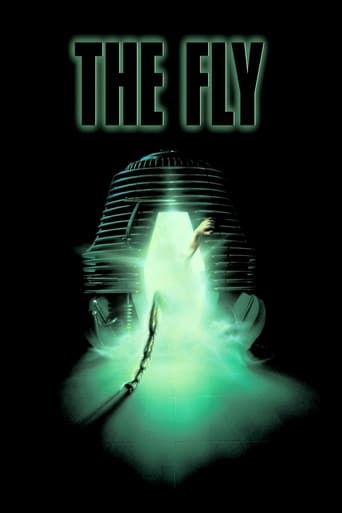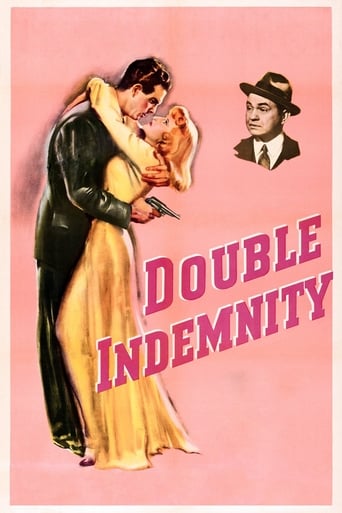


Wheel of Time
Wheel of Time is Werner Herzog's photographed look at the largest Buddhist ritual in Bodh Gaya, India.
-
- Cast:
- Werner Herzog , Tenzin Gyatso , Matthieu Ricard


Similar titles
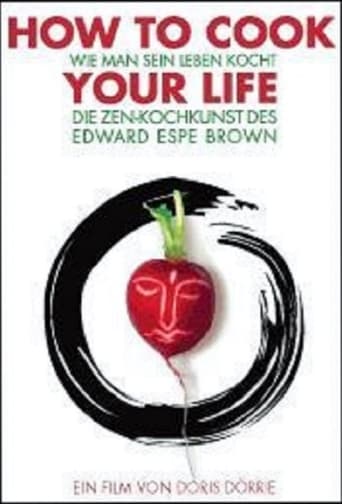
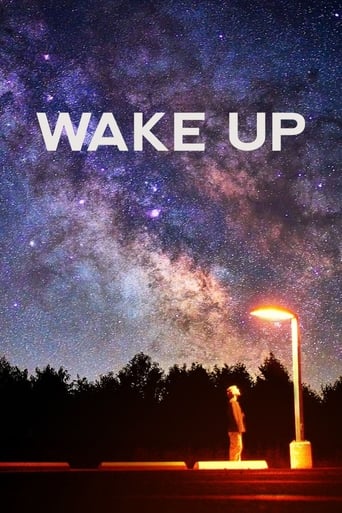
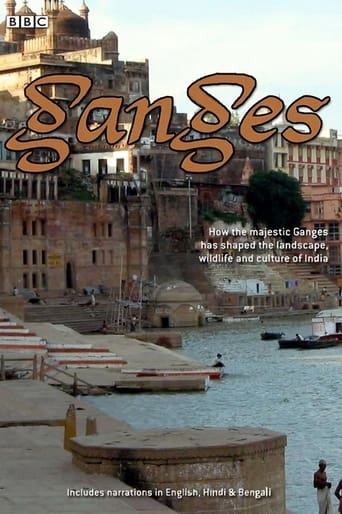

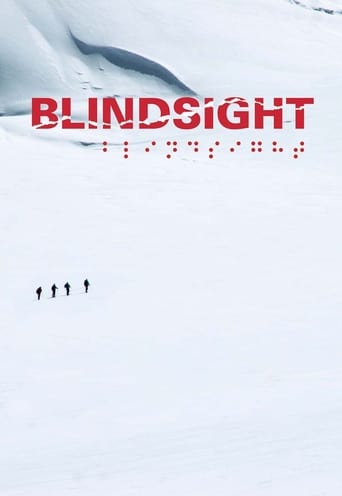
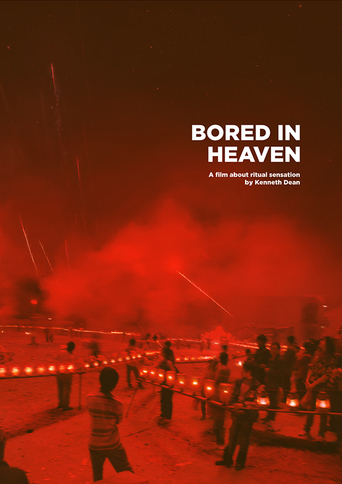
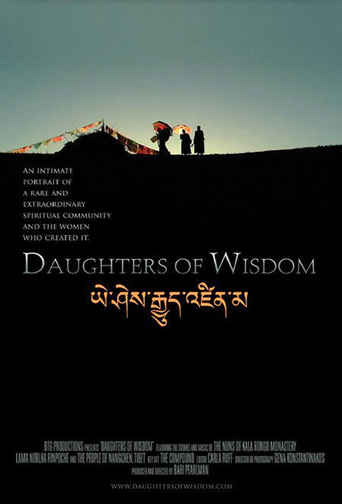

Reviews
Touches You
It’s an especially fun movie from a director and cast who are clearly having a good time allowing themselves to let loose.
It's an amazing and heartbreaking story.
The biggest problem with this movie is it’s a little better than you think it might be, which somehow makes it worse. As in, it takes itself a bit too seriously, which makes most of the movie feel kind of dull.
It's interesting to read that Werner Herzog wasn't an expert on Buddhism when he filmed this. In a way, that's the charm of this film. Essentially we're given a backstage pass to a Buddhist festival. In Herzog fashion, he holds the camera longer than most, filming his subjects looking for any reaction. In a childlike way, it could be very compelling. Especially since this world is so strange to most westerners that the audience is like any tourists in a strange land. We stare a little too long.My only complaint is he ended the movie in the wrong place. Just because The Dalai Lama couldn't finish the rituals doesn't mean the movie needs to go to another continent to find a happy ending.
Werner Herzog again.This time he is in his mode of creation more by discovery than invention, and it pays off.The raw material is striking by itself: vast numbers, ephemeral yearnings, trivial and essential rituals. Devotion in any endeavor is something we are drawn to, and there is plenty for our filmmaker to harvest.The essential part of this film is Herzog as camera during a gathering in India, where a variety of consecrations are planned. Monks and devotees come, some by difficult and humbling means. 400,000 faces (all attempting calmness) are miraculously organized, assembled to be led by the supreme priest.We see queues so orderly they could only exist among such beings, but anxious chaos when fighting for tossed goodies: dumplings and candies. We have zealots, order and peace.Into this sails Herzog. The story is that he had been cajoled into filming the much smaller gathering in Austria. Austria! He was reluctant to do so, and after the film remains firm in his belief that Austrian Buddhists don't make much sense to him. But with this commitment, he traveled to the gathering in a sacred place in India near Nepal.There he found a focus for his film in one of the rituals. Though it is presented as central to the gathering, it is only so in Herzog's vision. This holds that mysteries can be conveyed visually. The situation needs to support the vision, but the vision is the thing. It is not the symbol, the notation, the token, but the real thing. This is how he thinks of cinema and the way he presents the sand mandala carries this import.The "Wheel of Time" is one translation of a sand painting made for this type of gathering, as perfected and maintained by one of the groups in Tibet. Mandalas are movies and intended for meditation, as a structure existing between and shared by the mind of insight and the real world of color and structure. There is much to be said of them and cinema, but Herzog only could film this one (and its copy in Austria) as it is being made with colored sand and exhibited as devotees are rushed past it.He then went to Mount Kailash, Though this is a couple hundred miles away, he merges it seamlessly into the gathering of nearly half a million robed prayers. Here, he is able to make some magnificent images of the mountain, its waterways and the people ritualistically circumnavigating it. This is holiness he understands and the conflation of mountain and mandala works. As usual, the music adds great power. I believe that henceforth, I will associate that music with this devotion, though there is no relation other than Herzog chose to build his mandala of these sounds, this extract of natural rock and water, and these people. They would not recognize their devotions as shown here. (And some of this is staged.) But for me, it is a window into something more holy than they worship.Ted's Evaluation -- 3 of 3: Worth watching.
Sure... Buddhism is hip... Sure the Western world has at times fixated on Buddhism in contrast to the violent tendencies of our Abrahamic religions... But let's be honest: Buddhism is boring! Oh, but the thought-provoking Buddhist quips!--as the Dalai Lama says in the film: the center of the universe is within each of us because our consciousness is the source of the idea of universe... now that truly is good stuff! But wait... what's this outside?!? Yes the camera pans through crowds of ascetics and poor people; people mystified by ritual, and desperately trying either to give meaning to or take meaning out of life. In blatant defiance to the tenderizing wisdom of Buddhist teachings stands the masses of followers that are clearly, disturbingly, mindlessly ritualized. No no no, not mindless in the good way, the "Buddhist" way. Mindless in the "I follow a religion way". Those in the West know this behavior very well...So there is no "real" Buddhism. THERE IS NO EXCITING BUDDHISM. There is only the Buddhist RELIGION. This film is in large part about the Buddhist religion...And Werner is the perfect director for such a task: stubborn and self-indulgent; brashly unapologetic about the "right to film-making". THIS is the inspiration for a camera that walks through a mass of people, then slowly fixates on one monk, and then with patience and audacity, sits there 6 inches from his face for 30 seconds! THIS is the background for Werner's classic comment after being told he is the center of the universe: "That feels good hearing that!--I shouldn't tell my wife..." This is as good as Buddhism gets! And all in all, if you can still tolerate the mind-numbing reality of Buddhism, then this film may be alright. Me? I'm waiting for Werner's next documentary: "A Day At Wal-Mart".
I just saw Wheel of Time yesterday at its premiere in Toronto, where Herzog was present. As usual, Herzog creates a compelling film: a portrait of a traditional Bhuddist initiation ceremony. Specifically, we are shown the pilgrimmage of hundreds of thousands of people to India and one year later, to a similar ceremony in Austria. On a purely documentary level, this winning film is a fascinating piece, giving insight into this ancient ceremony (including the pilgrimmage itself), as well as showing us the painstaking construction of a large "mandala" made out of colored sand, with a "wheel of time" intricately designed in its center. The interviews with the Dalai Lama were interesting and even humorous. On an artistic level, it is also a winner, as Herzog mixes stylistic poses and environmental landscapes within the structure of the documentary. Of course, Herzog's critics call this self-indulgence, but I strongly disagree. Herzog operates on a subconcious level in most of his films, including his narrative features, and actually succeeds where other "artsy" filmmakers fail miserably. Herzog has produced yet another fascinating masterpiece.

